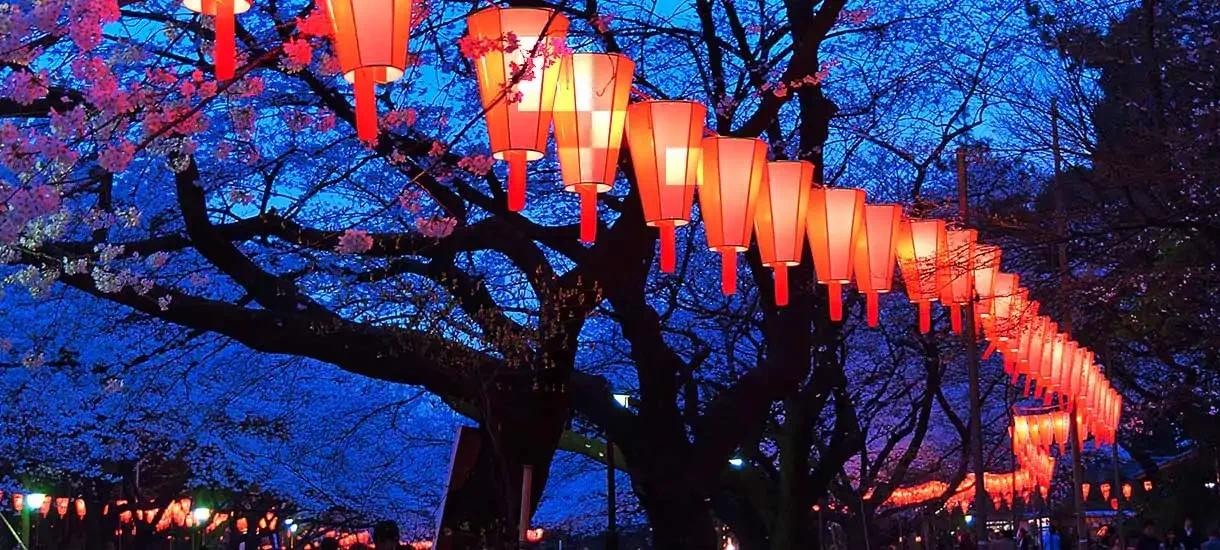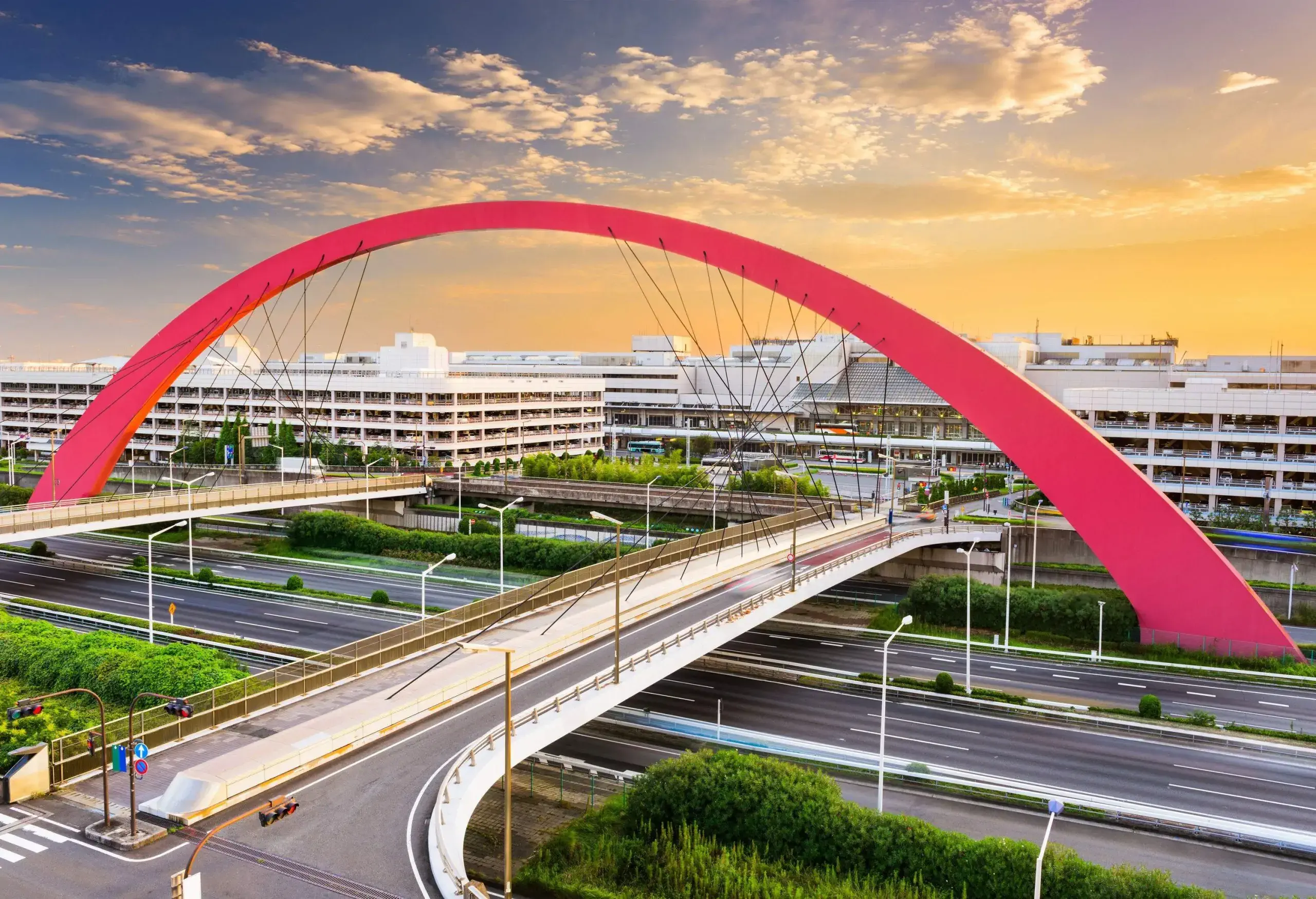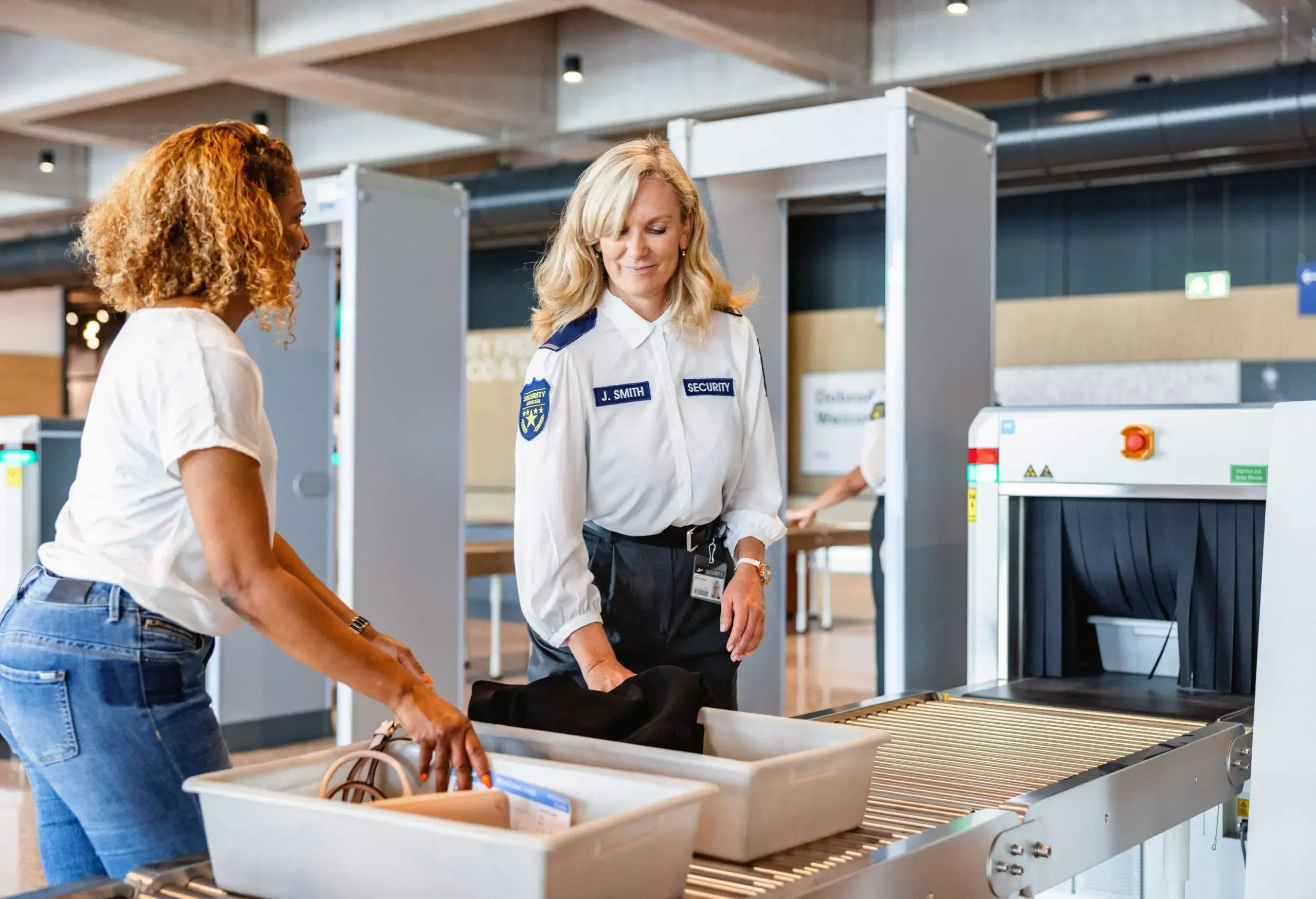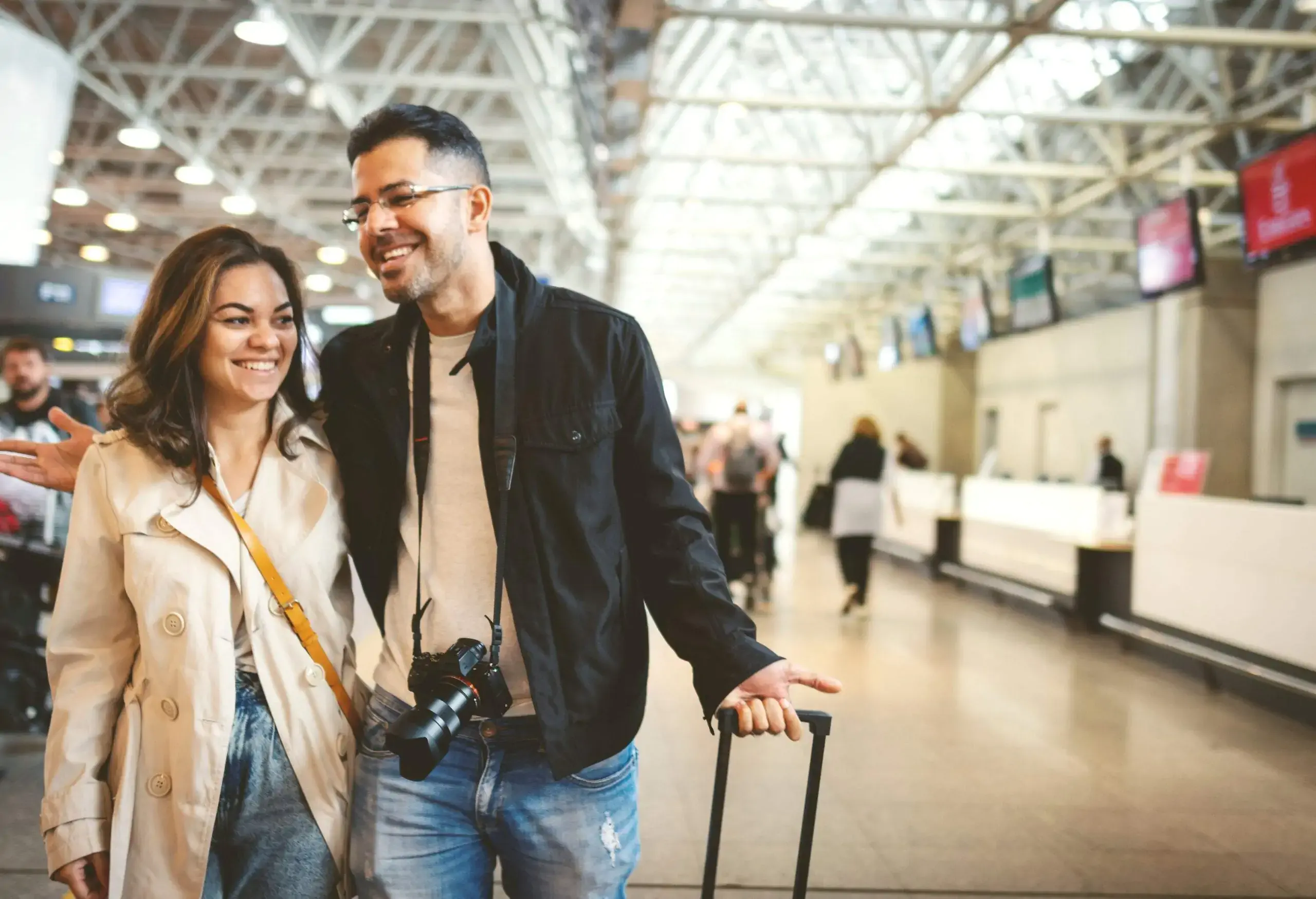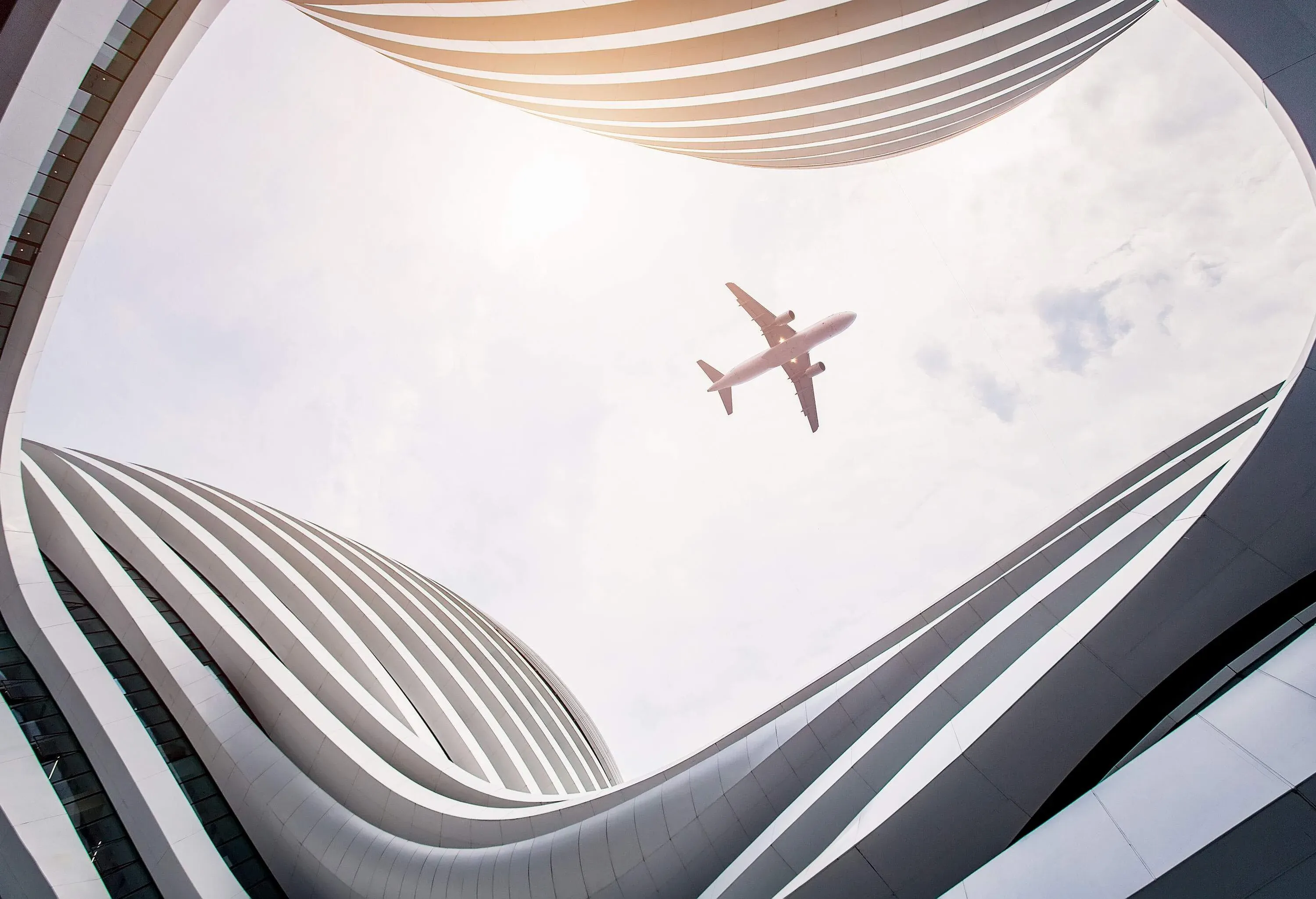Sushi. Anime. Samurai. Fashion. There is so much to explore in Japan’s capital city from Shinto shrines to high-tech trains. With so many things to see, we want you to feel confident you’ve got a plan when you visit.
This spring, we found that Tokyo is trending for travelers. Which totally makes sense when you realize you can get fresh sushi 24/7. We’re also attributing some of the buzz to the fact that Tokyo was named the host city for 2020’s summer games. Plus, the Japanese government has made the country even more friendly to tourism by laxing visa restrictions and promoting its beauty abroad. When you visit, you’ll also enjoy a better exchange rate on the yen (Japan’s currency) — making your visit that much more affordable. Not to mention, but airfare is also 5% cheaper this year than last — giving you every reason to say konnichiwa to Tokyo.
What’s In This Guide
- Plan Your Trip
- Booking Advice
- Local Lingo
- Where to Go & What to Do
- 10 Instagrammable Spots
- Set the Mood
Plan Your Trip
Flights & Hotels
Check out personalized insights from your home airport to Tokyo, such as median airfare, when to book a flight and what qualifies as a good deal.
When to visit
March-April or September-November. Late-March to early-April is when Japan’s famous cherry blossoms are in full bloom for one week only. Just expect massive crowds clamoring to get an Instagram-worthy shot of the pink flora. However, if you want to beat the crowds while still admiring the city’s natural wonders, then head there from September to November. This is when Tokyo turns vibrant with fall foliage. Plus, you’re outside of peak tourist season and can benefit from an average temp range of 81-62°F.
How to get to the city from the airport
Narita International Airport (NRT) is the most popular entry point for visitors to Tokyo and is located about 37 miles east of the city. The best way to reach the center of town is by subway or train. You can take the Keisei Narita Limited Express train from Terminals 1 or 2 to downtown. This is the most affordable option (around $12 one way). If you’re staying for several days, invest in the Pasmo or Suica prepaid cards for public transportation. You can purchase them at convenience stores and local shops. Taxis are another option but can be very expensive, considering that the airport is actually quite far from the city.
Good to know
- Beware using public transportation at rush hour. Not only are trains and subways extremely crowded but “platform pushers” are on-hand to literally stuff people in the train cars so the doors can close.
- You will need a VPN to surf the internet when in Tokyo. It’s best to set one up before you go.
- Bring a wifi hotspot. You can rent pocket wifi either when in Japan or just before you go.
- Both soap dispensers and towels are rare in public bathrooms. Bring hand sanitizer and carry a small hand towel.
- Carry around a small plastic bag. Finding a public trash can in the city is rare, so carry around a bag to put any disposables in as you’re walking around.
- When you do find a trash bin — there won’t just be one, but a dozen. Here’s a handy guide so you know what the symbols on each can mean.
- Service charges are built into your dining bill. No need to tip.
- Carry a pair of socks with you. In many locations — and in people’s homes — it is considered common courtesy to remove your shoes before entering. But bare feet are seen as dirty, so best to carry a pair of socks.
- Cash is king. Most businesses do not accept credit cards so it’s best to keep plenty of cash on hand. ATMs are quite easy to find in local shops and markets.
- Plan your sushi spots ahead of time. Many quality sushi restaurants require reservations, which you’ll need to book months in advance.
Price
$$$
Visiting Japan is comparable to visiting many Western European countries. And while airfare may cost you a pretty penny (medians range from $799-995 depending on the time of year), once you’re there It’s generally cheaper than London, New York or Oslo. And because we know you’re all about the sushi, look for smaller shops and food markets for a budget-friendly way to eat out.
The Perfect Saturday
Only have a day to spare? Here’s how we’d spend it: Have a traditional Japanese breakfast (steamed rice, miso soup, grilled fish, nori and other sides) at Tsukiji Sushisei by Tokyo Station. Then, explore the Tsukiji Market (the world’s largest and oldest fish market) just to say you had the experience. Hop on the subway or walk to Ginza, Tokyo’s famous shopping district where you can visit stores like Dover Street Market Ginza. Next, head towards Meiji Jingu, the famous Shinto Shrine located in the Shibuya neighborhood. While there, you can also tackle Shibuya Crossing — the complicated pedestrian crosswalk through one of Tokyo’s busiest intersections. Then venture for an afternoon snack on Cat Street — a quiet, boutique-and-cafe-lined backstreet that connects Shibuya with Harajuku. End your day in the Minato neighborhood at Nodaiwa, a nearly 200 year-old restaurant that serves traditional japanese meals.
Booking Advice
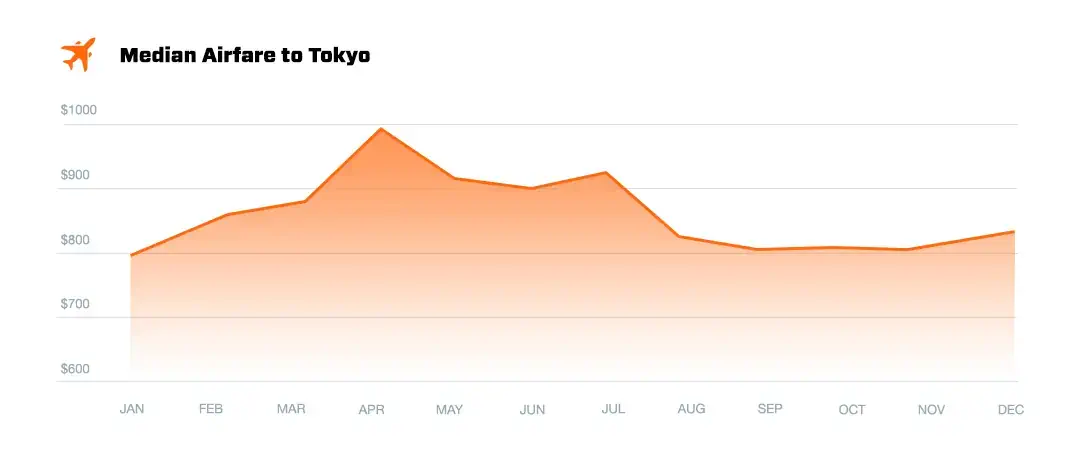
Based on median airfare, if you’re looking to find a flight deal — January or September-November see the lowest median airfare. April is generally the most expensive time to visit — with the cherry blossoms in full bloom. We also found that booking at least 6 months ahead could get you some of the best deals on flights (median airfare: $770).
*Median airfare by month is based on travel dates 01/01/2017 – 12/31/20 and search dates 03/01/17 – 02/28/18. All coach, round-trip flights originating in the US or Canada and landing at NRT during this search period were considered. Our when to book recommendation was based on median airfare as a function of months before departure for travel dates 03/01/2018 -09/03/2018 and search dates 03/18/2017 – 03/18/2018.
Local Lingo
Konnichiwa. (kon-nee-chee-WAH): Hello.
Onegaishimasu. (oh-NAY-GUY-shee-ma-su): Please.
Sayonara. (SAY-oh-NAR-ah): Goodbye.
Eigo o hanashimasu ka? (AY-goh han-ASH-ee-ma-su KAY): Do you speak English?
Sumimasen (suh-MEE-mah-sen): Excuse me / Pardon me.
(Domo) arigato (doh-moh ah-ree-GAH-toh): Thank you (very much).
Kurejittokādo wa tsukaemasu ka (koor-ay-gee-toh-KAH-do wah tsoo-KAI-ma-su ka): Can I use my credit card?
Onaka ga sukimashita (Oh-nah-kah GA soo-KEE-mash-tah): I am hungry.
Hajimemashite (hah-jee-meh-MOSH-teh): Nice to meet you.
Where to Go & What to Do
Note: Check out this map to see the city’s neighborhoods.
Tokyo is an expansive, modern city known for its electric atmosphere and hectic pace. However, niche shops and restaurants allow the city’s personality to shine through. Made up of 23 “special wards” — every corner of the city comes with its own unique flavor. To get around, rely on the super-punctual (and very clean) public transportation. Subways run from 5am to midnight (generally) and cost as little as $2 a ticket (depending on where you’re going). So you can have that extra cup of sake and make it back to your hotel safe and sound.
*Note: In the interest of time (ours and yours) we are focusing on only 5 wards of Tokyo’s 23. So, this is only a snapshot of all the amazing things to do in the city. Did we leave your favorite place off our list? Snap a pic, post a tip and use #KAYAKTravelHacker on Instagram for us to find it. You may score a feature on our blog or social media.
Shibuya
Shibuya is Tokyo’s major commercial and economic center. But that doesn’t mean you can’t find pockets of quiet. Yoyogi Park is a great place to get away to to relax from the busy city. Even during cherry blossom season it’s one of the less-crowded parks — accounting for the fact that it does have as many trees. The park is also adjacent to the Meiji Jingu Shrine. You can also plan a visit to Takeshita Street, the colorful, festive pedestrian avenue in Harajuku famous for its fashion shops. Even if you’re not into shopping, it’s prime people-watching territory and close to the edgy Watari Museum of Contemporary Art. One of the best things you can do in Shibuya, however, is attend a kabuki performance at the National Nō Theater. Performances run on a near-daily basis and cost around $25-$47 depending on your seat.
Ebisu
Known for it’s cozy restaurants and laid-back vibe, Ebisu is a great neighborhood to escape to when you need to get away from the hustle and bustle. Check out the Yebisu Garden Place, known as a “city within a city” and built on the site of a former beer brewery. You can spend all day walking through its array of skyscrapers, restaurants, shops and the Museum of Yebisu Beer. But let’s get down to what’s important: what you should eat when visiting Ebisu. Thankfully, the answer is ramen. This neighborhood is home to some of the best ramen shops like the local and tourist favorite Afuri. Order your ramen maro-style, which comes with extra chicken fat to make the dish a bit heavier. Ebisu is also known for its tradition of tachinomi, standing bars that were frequented by the working class but have become super-trendy. Buri in Ebisu is a popular one to check out.
Shinjuku
As the ward housing Tokyo’s main government offices, Shinjuku is the center of activity. It’s home to the world’s busiest train station, Shinjuku Station, and to many of the city’s tallest buildings. At night, the area lights up like a dazzling-yet-slightly-overwhelming Christmas tree. But if the kaleidoscope of neon color gets to you, there are plenty of spots to take a breather. The Senso-ji Temple is the city’s oldest — and most significant — Buddhist temple. Shinjuku Gyoen Park and Gardens is one of the best places in spring to see the cherry blossoms, but at any other time of year it’s still a beautiful place to meander around in. You can even stop at Patisserie Frips to sample Japanese takes on French cakes after a long walk through through the park. If your personal motto is “honor above life” then the Samurai Museum is a must-stop for you (also… we have questions). For about $17, you can tour the museum and have your picture taken wearing traditional samurai costumes. Money well spent.
Minato
Minato is located right on Tokyo’s harbor, making it a center for commerce and industry. In fact, this ward is where many of Japan’s major companies (as well as some American brands) have their headquarters. The district of Roppongi is Minato’s most well-known district, visited for its luxury apartments and rocking nightlife. You can check out the Snoopy Museum of Tokyo an endearing ode to Charles Schultz’s most beloved character. If high-brow culture is more your speed, The National Art Center’s impressive building houses special exhibitions from around the world as well as works by Japanese artists. Grab state-of-the-art sushi for lunch at Sushi Tsu (just be sure to make a reservation). You can make your order omakase (“oh-mah-kah-say” meaning “I’ll leave it up to you”), which is how many foodies recommend ordering sushi in Japan. However, this can get pricey. An omakase lunch at Sushi Tsu can run from $48-$57, but that’s considerably less than dinner (which can run from $189-$284). If nightlife is what you’re after, then a visit to Roppongi Hills should be on the menu. This complex melds business with pleasure and caters to the ex-pat community. Before hitting the clubs, warm up with a few rounds of karaoke. Karaoke Kan may be a chain but it’s also one of the more affordable bars with fees ranging from $1 to $6 for every half hour. Then, get your drink-on all classy-like at MIXOLOGY, a cocktail bar that uses a bit of science to infuse its drinks with interesting flavor. Try the Pear and Blue Cheese Martini or the Smoked Rob Roy (prices range from about $12-$15 for cocktails).
Taito
Though it’s Tokyo’s smallest ward, Taito manages to pack a lot in its space. The Ueno district in Taito is where many go to experience “old Tokyo.” Just a bit frayed at the edges, this small part of the hyper-modern city likes to preserve a bit of its history. Plus, with many fine arts universities, galleries and studios — it’s one of Tokyo’s cultural hubs. Start your day at the Ame-Yoko Market, an outdoor shopping plaza just outside Ueno Station whose beauty lies in just how chaotic it is. Cat socks next to fresh fish? Um, ok. Want to see a red panda? Ueno Zoo is a great place to bring the kids. Stay outdoors with a visit to Ueno Park, which is one of the most popular places to see the cherry blossoms. We recommend taking a picnic in the park by stopping at one of the convenience stores in the area for sando (Japanese sandwiches) and onigiri (seaweed wrapped rice with stuffing). The Hanazono Inari Shrine is also in the park. Offer up a prayer for worldly success as you walk through its iconic red torii gates. Then, visit the National Museum of Nature and Science where, for an entrance fee of about $6, you can tour amazing exhibitions that cover everything from prehistoric life to space.
Top 10 Most Instagrammable Places in Tokyo
- Clover Tunnel at Mukojima Hyakkaen
- Mirror lined entrance to Tokyu Plaza in Omotesando
- Takeshita Street
- NOW IS FOREVER street art in Harajuku
- Shibuya Crossing
- Meguro River
- Nogi Shrine
- Golden Gai
- Gotokuji Temple (Cat Temple)
- Meiji Jingu sake barrels (kazaridaru)
Set the Mood
Tokyo is the backdrop of some of the most amazing action and drama flicks. Get a taste of the city before you experience the real thing by watching these films.
- Tokyo Story (1953)
- Godzilla (1954)
- Funeral Parade of Roses (1969)
- Blade Runner (1982)
- Akira (1987)
- Tokyo Pop (1988)
- Kill Bill: Volume 1 (2003)
- Lost in Translation (2003)
- The Fast and the Furious: Tokyo Drift (2006)
- Adrift in Tokyo (2007)
Feeling that Tokyo vibe? Here’s a playlist of tunes for planning your trip, taking a long walk around the city, or getting ready for a night out.

